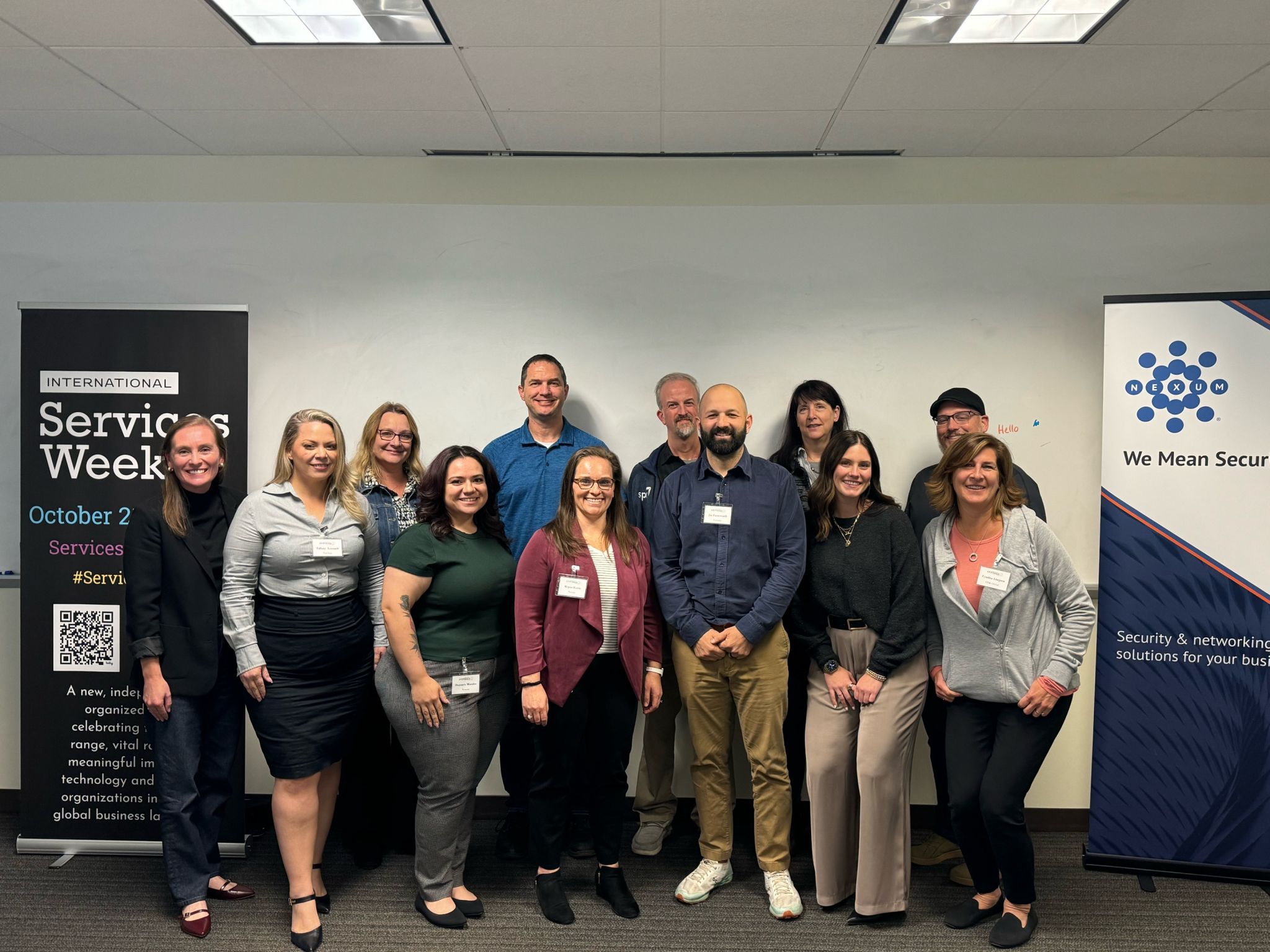What keeps customer success leaders up at night – and how they can get some sleep
 Kate (Hare) Alger is the Senior Product Strategy Director for Customer Success Cloud at Certinia, where she brings over 15 years of experience in fostering customer-centric solutions and services. Get her insights here on strategies and solutions that will give customer success leaders some good night sleeps.
Kate (Hare) Alger is the Senior Product Strategy Director for Customer Success Cloud at Certinia, where she brings over 15 years of experience in fostering customer-centric solutions and services. Get her insights here on strategies and solutions that will give customer success leaders some good night sleeps.
This article first appeared in Diginomica.
‘Customer success.’ Now there’s a term that’s been gaining a whole lot of traction of late for companies worldwide, especially those that deliver consulting services to their customers. And as their customers, digital-savvy consumers, become more demanding, organizations have developed dedicated Customer Success (CS) teams to elevate the customer experience.
It’s paying off. By orchestrating customer success best practices enterprise-wide, service businesses are improving customer satisfaction, customer retention and renewals.
That’s not to say customer success is easy. There’s no shortage of roadblocks to success. Typically, customer success leaders will lose sleep thinking about the topic, asking themselves these three key questions …
‘How do I protect and grow the base?’
Let’s face it, consumers can be a fickle bunch. And the competition is always standing by, ready to welcome them if they feel dissatisfied with their current provider. This leaves customer service teams always looking for ways to protect their existing customer base.
At the same time, they’re looking to grow that base, providing value insights to the sales and marketing teams that support expansion opportunities.
At its most traditional, customer success is about reducing churn, increasing renewals and having a reliable scorecard on each customer. But in a digital world where the tsunami of data keeps growing, crafting that scorecard is a lot more complex and challenging than it used to be.
‘How do I make value visible?’
Today’s customers want not only a consistently great experience, they also want visible, measurable proof of value from your solutions and services. That requires an understanding of what value means to the customer through an outcome-based methodology.
Simply put, you must demonstrate value to the customer through every step in their journey. What value do your resources offer? And how can you prove that these resources provide a benefit to the customer while adding value to the organization?
Quantifiably proving value is at the heart of guided, value-based selling, and a primary driver of customer success. One would think that all organizations would focus intently on showing everyone in the organization – and of course, customers – metrics that prove the value they’ve achieved. But curiously, many don’t. They simply don’t emphasize capturing, quantifying, and demonstrating value. As a result, they often forfeit business to competitors who do.
‘How do I drive digital transformation?’
More than ever before, customer success organizations are looking for ways to digitally transform their CS practices, so they can scale the customer experience without continuously adding resources to do so. That requires automating customer success activities which guide the resources that meet customers wherever they are in the CS life cycle.
In this scenario, nirvana is, frankly, digitizing everything – true transformation that offers a digital-first experience. That said, digital transformation doesn’t have to be completed in one fell swoop. Many businesses begin by automating whatever they can in the short term – so every interaction with a human adds value – and progressing incrementally.
One way to begin is to use digital technology to serve different customers in different ways, and to elevate your Customer Success Managers (CSMs) to become trusted advisors. Leveraging intelligence from AI models, for example, a CS team can analyze all captured customer information, then come up with value insights. This is the trend in the industry, and one that is moving organizations toward a more proactive approach to customer success.
Get details here
The solution? Maximizing resources and data
To achieve these three objectives (and get back to sleep), CS leaders must operationalize and systematize customer success. By doing so, they can manage their teams efficiently and predictably, quantify and reduce the cost to serve, and mine opportunities to monetize their services by becoming advisors who provide value insights to the customer.
CS leaders typically look to maximize two key assets – their resources and their data.
Getting more out of your resources
Traditionally, resource management has not been a significant factor in customer success. But times have changed. As digital solutions proliferate and become more affordable, organizations are looking for ways to use those solutions to maximize their people.
It can start with automating mundane tasks, freeing team members to focus on more strategic customer success efforts. You can automate CS motions to meet customers wherever they are. You can also create a CS playbook that provides different levels of service depending on customer tiers. For example:
- ‘Platinum’ customers may receive white glove experience, such as a dedicated customer success manager.
- ‘Gold’ customers may be served from a playbook of available CS resources based on availability, skills, geography, etc.
- ‘Silver’ customers may receive a digital-heavy experience – especially appropriate for volume-based business – with the customer success function more self-service and automated.
For any of these tiers, a customer success portal can help you create success plans, identify objectives, and run playbooks. This creates a true transformative, digital-first experience.
Getting more out of your data
Any CS solution is only as effective as the veracity of its data. As such, it’s important to gather customer data from as many sources as possible, to gain a complete view of what is happening with the customer.
Chief among these sources are your own people. Throughout the customer journey, individuals from across your organization, both customers and vendors, should provide data and information on each customer. Even C-level executives should provide company challenges, strategic initiatives, risks, desired outcomes, etc.
External sources of customer info are critical as well. You should combine the internal customer data you’ve captured with externally sourced customer data like that found on LinkedIn and other online channels. Use Generative AI solutions, such as Open AI’s Chat GPT, to pull in and analyze data about the customer from multiple sources. Also, AI can also provide a ‘value insights’ summary that CSMs can use to share at a quarterly business review (QBR) with the customer, including specific customer views such as Executive View, Support View, PS View, etc.
Finally, be sure to listen to the customer. Their own implementation teams, business users and executives should provide input and feedback, such as specific scenarios they’re struggling with, internal company communications, silos, politics, business processes, change management, etc. Your CSMs should talk to the customer about the solution, the challenges it must solve for, how it will be used, connections to other solutions, etc.
With all this consolidated data, the CSM essentially becomes a management consultant for the business, conducting data analysis to glean insights that can provide monetizable value.
The answer is digital
How best to maximize both resources and customer data? It should come as no surprise that the answer is digital. The organizations that are effectively tackling the three big customer success challenges of 2024 — protecting/growing the base, proving their value and driving digital transformation — have one thing in common: a powerful, native CS software platform.
Embedded into the customer journey end-to-end, this platform connects multiple facets of the enterprise, including sales, service, customer support, etc. Many of today’s top service business leaders opt for such a platform to aggregate their CS data, make it actionable and create a CS playbook to implement an end-to-end CS solution.
When that CS solution is in place, you can get a complete view of every customer’s journey from opportunity to renewal. And using the insights gained from that view, you can draw a direct line to customer lifetime value, cost of service and impact of monetization efforts.





